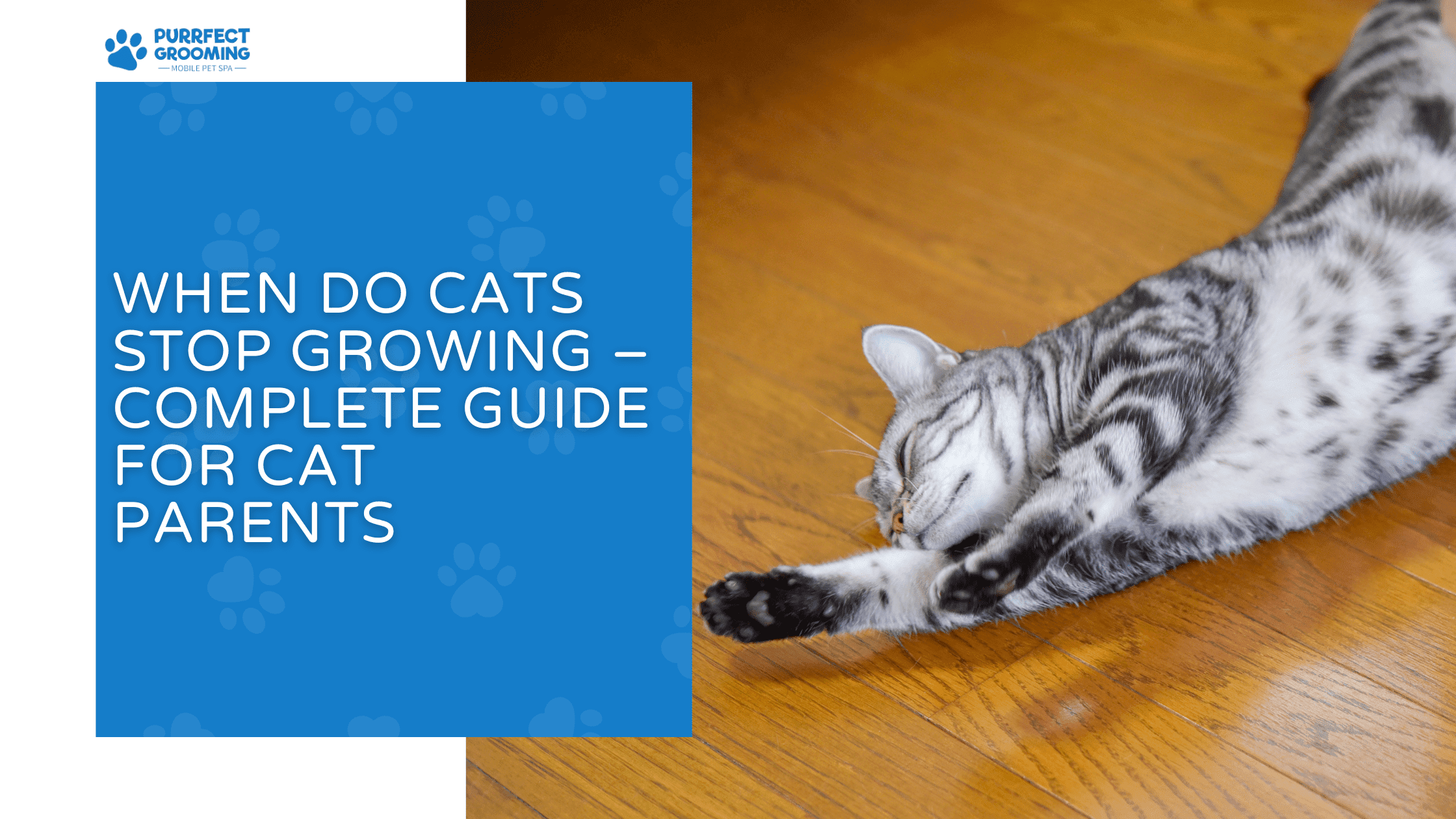Are Cats Color Blind? Discover the Truth About Cat Eyes
The age-old question—are cats color blind?—has sparked curiosity among pet owners for decades. Many assume cats live in a dull, black-and-white world, but research reveals something quite different. Cats do see colors, just not as vividly or broadly as humans. Their world is more like a soft watercolor painting, where blues and greens shine, while reds and oranges fade into muted tones.
This is more than just a fun fact. Knowing how cats perceive their surroundings can help us create stimulating environments for them. According to the American Veterinary Medical Association, nearly 46.5 million U.S. households own cats, making feline vision an important subject for millions of families. The better we understand it, the better we can meet our pets’ needs—whether that’s picking out toys, decorating our homes, or simply appreciating how cats interact with their world.

What Does Color Blindness Mean in Animals?
Color blindness in animals isn’t the same as in humans. When we talk about people being color blind, it often refers to red-green color blindness, where certain hues are hard to distinguish. For cats, however, it’s more about the structure of their eyes.
Color vision depends on cone cells in the retina. Humans generally have three types of cones—red, green, and blue—allowing us to see a wide spectrum of colors (trichromatic vision). Cats only have two cones, mostly tuned to blue and green, giving them dichromatic vision. This limits their ability to detect reds and similar shades, but it doesn’t make them completely color blind.
How Human Vision Differs from Cat Vision
The human eye is designed for daylight and detail. Our three cone types let us enjoy sunsets, rainbows, and a full palette of shades. Cats, however, sacrifice some of this color detail in favor of superior night vision and motion detection.
While humans can sharply detect fine details at great distances, cats see the world in a softer focus. This isn’t a disadvantage—it’s an evolutionary adaptation that helps them survive as stealthy hunters.
The Science Behind Cat Eyes
A cat’s eye structure explains much of its unique vision. Their retinas are dominated by rod cells, which are incredibly sensitive to low light and movement. This is why cats can detect even the slightest flicker of movement in the dark—a mouse twitching its whiskers won’t go unnoticed.
Cone cells, though fewer in number, allow cats to process color. But with only two types of cones, their perception is restricted compared to humans. In simple terms, a cat’s eye is a finely tuned night-vision camera, excellent for hunting, though not ideal for admiring a vivid bouquet of flowers.
You May Also Like : Do Cats Have Night Vision?
Are Cats Color Blind? The Scientific Answer
So, are cats color blind? The scientific answer is no—but they don’t see the full rainbow either. Cats can perceive shades of blue and green quite well, while reds, oranges, and pinks appear muted or even grayish. If you’ve ever waved a bright red toy in front of your cat and wondered why it didn’t spark much interest, now you know why.
Think of it this way: if humans see the world as a high-definition movie, cats see it more like a film with slightly faded colors—but with sharper contrast in the dark.
Colors Cats Can and Can’t See
Cats’ color vision is limited, but it still helps them navigate their environment.
Cats can see clearly:
- Shades of blue
- Shades of green
- Some yellows
Cats struggle with:
- Reds
- Oranges
- Pinks
| Color | Cats See It As | Humans See It As |
| Red | Grayish/Muted | Bright Red |
| Blue | Clear Blue | Clear Blue |
| Green | Faint Green Tint | Bright Green |
| Orange | Brownish/Gray | Bright Orange |
| Yellow | Pale or Muted | Vibrant Yellow |
For cats, a lush garden full of colorful flowers would look far less vibrant—yet they would still detect movement instantly, making it more functional than pretty in their eyes.
Do Cats See Better at Night Than Humans?
Absolutely. Cats’ vision is six to eight times better in low light compared to humans. This superpower comes from two main adaptations:
- Rods: Cats have far more rod cells than humans, making them experts at detecting motion in dim conditions.
- Tapetum Lucidum: This reflective layer in their eyes acts like a mirror, bouncing light back through the retina and giving their eyes that spooky glow in the dark.
This means while you’re fumbling for a light switch at night, your cat is confidently navigating the room.
The Role of UV Light in Cat Vision
Here’s something most people don’t know—cats can detect ultraviolet (UV) light. While humans can’t see UV rays, cats and some other animals can. This gives them an extra layer of perception, allowing them to see things like patterns on flowers or trails left behind by prey.
In nature, this ability helps cats track food sources, identify safe areas, and avoid danger. Indoors, it may even explain why your cat sometimes stares at something invisible to you—it might be seeing UV reflections.

Are Cats Nearsighted or Farsighted?
Cats are generally considered nearsighted. They see best within a range of about 20 feet, while objects farther away appear blurry. Unlike hawks or humans who spot detail at a distance, cats rely on motion detection over fine detail. This trait makes sense, considering their ancestors hunted small animals in close quarters rather than spotting prey from miles away.
Do Cats Rely More on Smell and Hearing Than Sight?
Yes—vision is just one part of a cat’s survival toolkit. Their sense of smell is about 14 times stronger than ours, and their hearing covers a much wider range of frequencies. While their vision helps, cats identify their owners and surroundings more through scent and sound than by sight alone.
How Cat Vision Helps in Hunting
Cats are natural-born hunters, and their vision reflects this. While colors don’t matter much, detecting quick movements in dim light is vital. Whether it’s a mouse darting across a field or a feather toy swishing through the air, a cat’s eyes lock onto movement instantly.
Their wide field of vision—about 200 degrees compared to our 180—also gives them a broader awareness of their surroundings. This helps them stalk prey silently and avoid predators.
Do Kittens See Colors Differently Than Adult Cats?
Kittens are born blind, with eyes closed for the first 7–10 days. When they open, their vision is blurry and color perception is limited. By 10–12 weeks, kittens develop the same level of sight as adults, including their dichromatic color vision. Interestingly, their early reliance on smell and touch shapes their lifelong behavior.
How Does Cat Vision Compare with Dogs?
Both cats and dogs are dichromatic, but there are key differences:
- Dogs: Better at detecting movement at longer distances, slightly sharper detail in daylight.
- Cats: Superior low-light vision, better motion tracking, and wider field of view.
So while both pets see fewer colors than humans, cats take the lead in night hunting.
Practical Implications: How Cats See Their World
For cat owners, understanding vision means making smarter choices. Cats may ignore that bright red toy but will likely chase a blue or green one. Likewise, bedding, bowls, or furniture in cat-friendly shades may catch their attention more easily.
If you want to enrich your cat’s environment, choose toys that move unpredictably and come in blue or green hues—that’s the closest thing to a visual “highlight” in their world.
Stats and Research on Cat Vision
- Cats’ low-light vision is six times better than humans’, allowing them to see in nearly complete darkness.
- Their field of vision spans 200 degrees, compared to humans’ 180, giving them better awareness of side movements.
These scientific insights confirm that cats are highly adapted predators, perfectly designed for their role in the natural food chain.
You May Also Like : What Colors Do Cats See?
Common Myths About Cat Vision
- Myth 1: Cats only see black and white.
- Truth: They see some colors, mainly blue and green, though less vividly than humans.
- Truth: They see some colors, mainly blue and green, though less vividly than humans.
- Myth 2: Cats see better than humans in every way.
- Truth: Cats dominate in low light but can’t match human sharpness and color range.
- Truth: Cats dominate in low light but can’t match human sharpness and color range.
- Myth 3: Cats don’t use vision much.
- Truth: While smell and hearing are stronger, vision still plays a crucial role in hunting and play.
- Truth: While smell and hearing are stronger, vision still plays a crucial role in hunting and play.
How to Stimulate Your Cat’s Senses with Colors
To enrich your cat’s daily life, try these tips:
- Pick toys in blue and green shades.
- Offer textured scratching posts with patterns cats can distinguish.
- Rotate toy colors and shapes to prevent boredom.
- Use movement-based toys that play into cats’ motion sensitivity.
By tailoring their environment, you’ll not only make playtime more engaging but also support their natural instincts.
Conclusion: Understanding Cat Vision for Better Care
So, are cats color blind? Not entirely. They see the world in a unique, muted palette of blues and greens, with reds and oranges blending into dull shades. While their vision may not rival ours in color richness, it excels in the areas that matter most for survival—night vision, motion detection, and environmental awareness.
Understanding this doesn’t just answer a fun question—it helps us become better pet owners. By recognizing how cats view their world, we can choose better toys, create stimulating spaces, and deepen the connection we share with our feline companions.
FAQs
1. Can cats see in complete darkness?
No. Cats can’t see in absolute darkness, but they need far less light than humans to move around confidently.
2. Do cats recognize their owners by sight?
Not primarily. Cats rely more on scent and sound, though they can visually recognize familiar outlines and movements.
3. Can cats see television screens?
Yes, though the colors appear muted. What attracts them most is the motion, not the picture quality.
4. Do cats prefer certain colors?
Yes, cats tend to respond more to blue and green shades, which stand out to them.
5. How does cat vision change with age?
Older cats may develop conditions like cataracts or retinal degeneration, which reduce vision clarity.

















